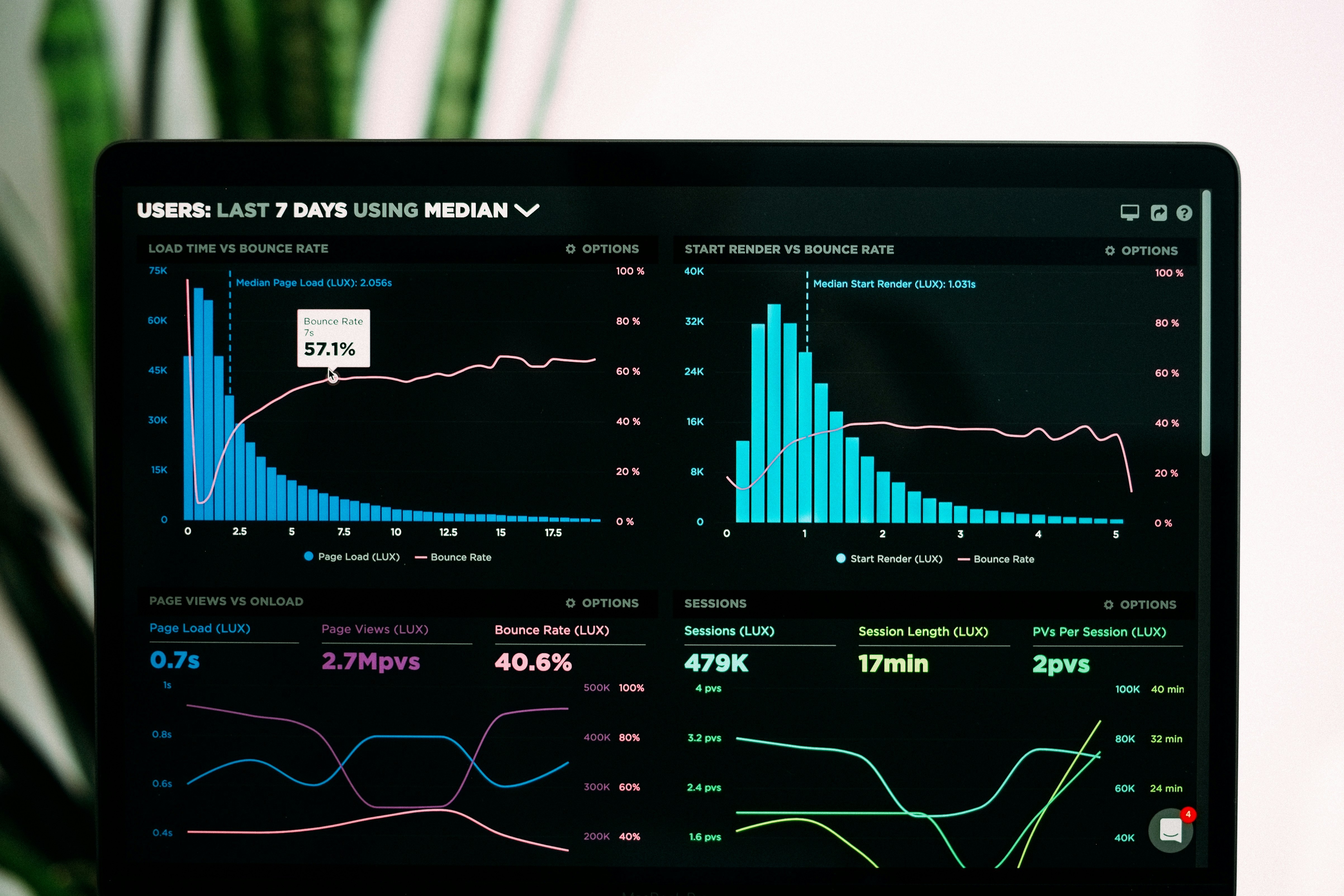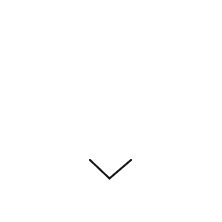

If you’re a coach, solopreneur, or small business owner, it’s time to expand beyond the usual social suspects (Instagram, Facebook, LinkedIn). In 2025, a new wave of platforms—both emerging and niche—is shaping the way businesses build awareness, trust, and real traffic. Let’s explore five platforms you need to know.
Threads, launched in mid?2023, is Meta’s text?based offshoot from Instagram. It’s already reached 320 million monthly active users as of January 2025 (en.wikipedia.org)—up from 100 million users in its first week. It’s become the fastest-growing standalone app ever.
Why coaches should care:
Casual text threads let you share insights, resources, and case studies more frequently—and more conversationally—than Instagram captions.
Engagement opportunities are high: users tend to post longer replies and start meaningful conversations.
It directly connects with your Instagram audience—no new handles, no friction.
How to get started:
Repurpose your Instagram content into text threads.
Share micro-case studies or daily wins.
Engage in niche communities, answer questions, and offer advice.
Action tip: Add “Follow us on Threads for daily coaching tips” to your IG bio and Stories.
A decentralized, Twitter-like platform, Bluesky now boasts 25+ million registered users, with usage up nearly 500% in the U.S. after key political events (theaustralian.com.au, adweek.org, adamconnell.me).
This open-source network remains a favorite for niche communities. After surging post–X’s controversies, it now has around 2?million monthly active users across federated servers .
Why they matter:
No ads, no centralized control—just authentic conversation.
Users are more open to dialogue with individuals rather than brands.
Posts aren’t buried under algorithms or paywalls.
How to use them:
Join servers related to your coaching niche.
Share expertise via threads and discussion prompts.
Host AMAs or collaborative group sessions.
Often mistaken for a “visual mood board,” Pinterest in 2025 is a powerful search engine—and a seriously underused platform for coaches and new entrepreneurs.
With over 498 million monthly active users (as of early 2025) and 80% of users using it to plan purchases, Pinterest is now a hybrid between Google, Instagram, and your favorite blog. The best part? Pins have a much longer lifespan—sometimes driving traffic for months (or years).
It’s not social media in the traditional sense—people come to solve problems, not scroll mindlessly.
Highly visual content like lead magnets, blog posts, “mini-guides,” and client testimonials perform well.
Ideal for driving website clicks, especially if you're sharing blogs, checklists, or booking pages.
“5 Journal Prompts to Start Your Day with Confidence” → link to your blog
“Free Self-Worth Checklist for Burned-Out Leaders” → lead magnet opt-in
“Top 3 Tips to Write Your First Coaching Website” → ebook or service page
According to Hootsuite’s 2024 Social Trends Report, 70% of small businesses using Pinterest report that it’s one of their top three sources of website traffic.
Getting started:
Create idea pins that highlight your process.
Batch-schedule pins using a tool like Tailwind.
Make sure your Pinterest profile links back to a booking or lead magnet page.
A sustainable, ad?revenue?sharing platform letting users earn by engaging with sponsored content. It aims for 80?million users by mid?2025 (theaustralian.com.au).
Built by the founder of OnlyFans, this new subscription-first platform blends free and paid content, with a focus on audience building and revenue through subscriptions, messaging, and 1:1 calls (businessinsider.com).
Why they’re emerging:
Users are tired of being the product; platforms like WeAre8 give financial value back.
Subs offers a native way to monetize content without feeling overly brandy or transactional.
How coaches can stand out:
Share mini “free” content that demonstrates your coaching value, then offer deeper paid interactions.
Use these platforms as community builders—position free content as a taste-tester for your coaching style.
2025 sees fragmentation in social media. People are moving to niche and community-centric apps: Letalla platforms like Keek, SpaceHey, Discord, and Slack that foster belonging and deeper connection (theaustralian.com.au, businessinsider.com, adweek.org, visualmarketing.com.au).
Key trends:
Platforms are less “broadcast” and more “belonging.”
Users engage with fewer, more meaningful communities.
Brands can pick one or two and resonate deeply, instead of chasing 100K followers everywhere.
How to implement:
Pick one platform that aligns with your audience (e.g., a Slack channel for leadership coaches, a Discord server for productivity groups).
Position yourself as the host—manage weekly discussions, share resources, and spark conversation.
Highlight community success stories (case studies or transformations).
Don’t feel pressured to be everywhere. Instead:
Research your target audience—what platforms do they use?
Choose 1–2 emerging platforms and commit to showing up consistently for 3–4 months.
Track traffic to your website and leads tagged from those platforms.
Iterate—double down on what works and pivot away from what doesn’t.
At Fuzia Talent, we help coaches and solopreneurs strategically plan and execute campaigns on emerging platforms. Whether you need help setting up Threads content calendars, managing niche communities, or automating outreach, we’ve got you covered.
Our services include:
Platform-specific content strategy
Community management
Short-form video and multi-format content production
Organic outreach and engagement support
Social media management
Lead generation
Book a free consultation with Fuzia Talent today. Let’s map out which platforms align with your goals—and get your brand in front of the right audience in 2025 and beyond.

Blogs and newsletters that inspire and educate.

